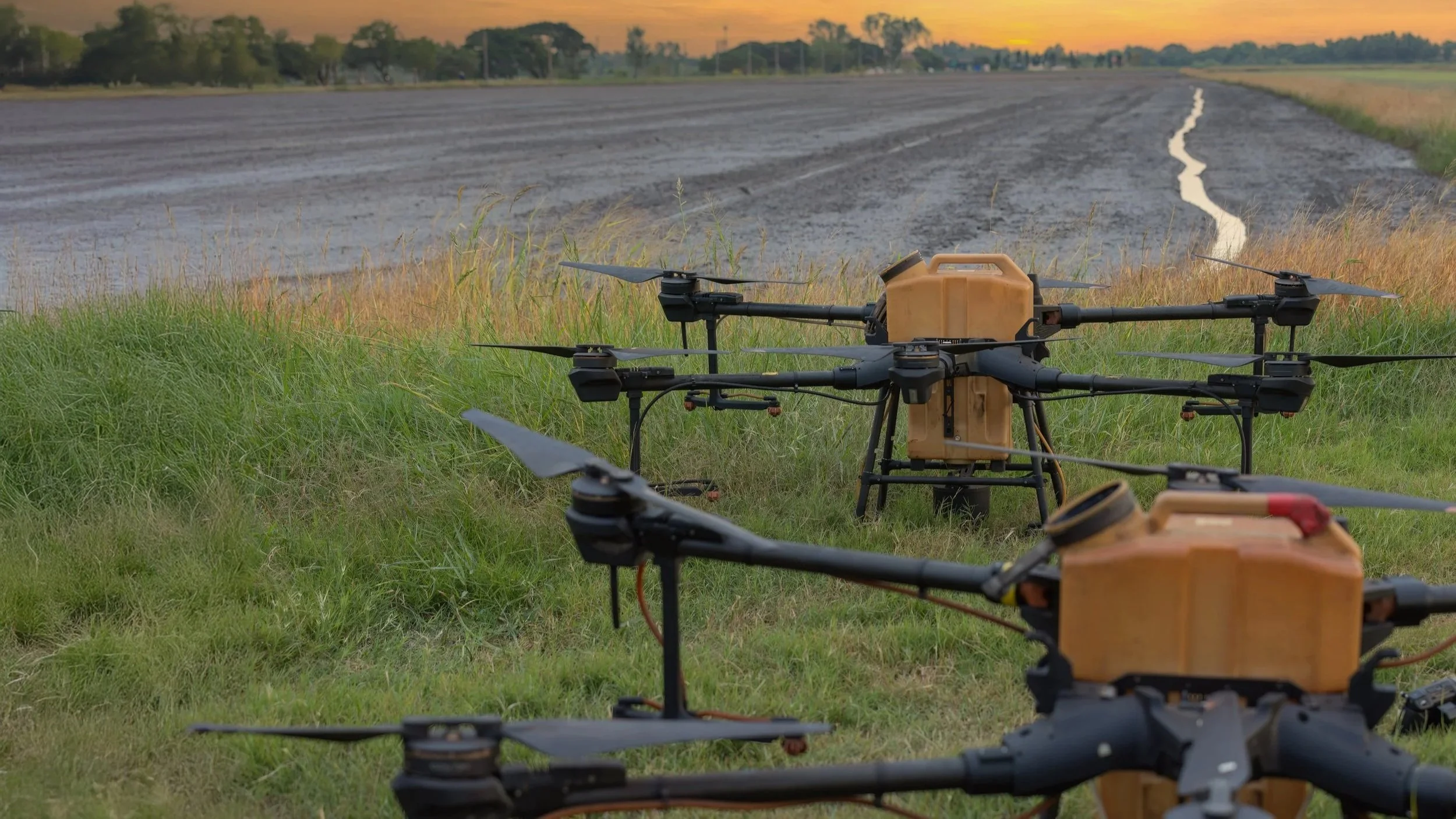
PORT ARTHUR RESEARCH CENTER
XYZ AXIS
Submerged drones—autonomous underwater vehicles capable of long-duration loitering—pose one of the most insidious emerging dangers to U.S. security. Unlike surface craft, these systems can remain hidden beneath shipping lanes, offshore platforms, or naval chokepoints for weeks at a time, waiting for a signal to strike.
Outfitted with explosives or specialized payloads, they could cripple tankers, sever undersea pipelines, damage port facilities, or even target naval vessels before defenses are aware of their presence. Their stealth, persistence, and low cost make them an ideal asymmetric weapon for adversaries seeking to destabilize critical infrastructure and disrupt America’s ability to project power across the seas.
SCIENCE FACT
Terrestrial unmanned vehicles represent the next frontier of warfare—robots capable of moving, fighting, and enduring in ways no human soldier can. Imagine autonomous ground units that sprint at 20 miles per hour, carry 50-pound payloads with ease, and shrug off conventional small-arms fire.
These machines can be deployed in swarms, operating day and night without fatigue, to breach defenses, deliver supplies, or directly engage targets. Acting as “mechanical infantry,” they embody the qualities once confined to science fiction, and their arrival will challenge every assumption about ground combat, perimeter defense, and the balance between human and machine on the battlefield.



